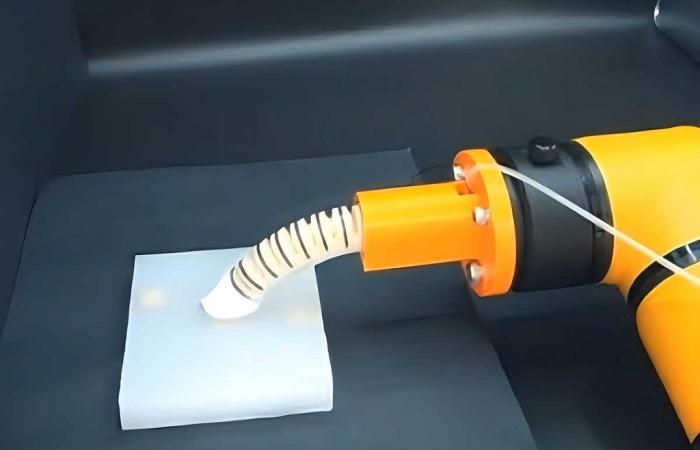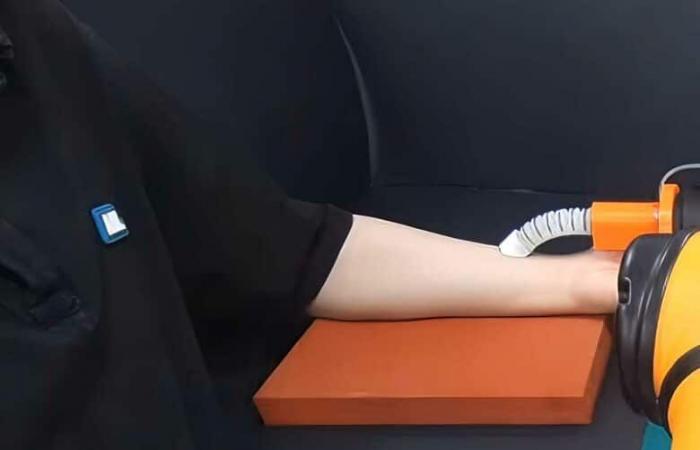When you go to a doctor, we are never safe from unpleasant examinations. A doctor’s gloved hands are used to take the pulse, feel the abdomen, or a possible lump in the breast, a cyst or other. Sometimes, in case of other problems, they can also be used to perform a rectal exam for a hemorrhoid, for example. And, if you are a woman, the gynecologist uses his fingers to explore your most intimate parts! Of course, there are now devices for taking a smear or other, but the doctor’s fingers are still present. And, obviously, it is far from pleasant even if it is absolutely necessary to detect possible cancers! In China, doctors have just revealed a study in which we learn that they have invented a “robotic finger”. But what is this invention? I’ll explain everything to you right away!
A “robot doctor”
Researchers from the Department of Precision Machinery and Precision Instrumentation of the University of Science and Technology of China (USTC) explain the principle of their invention in this study. They explain having developed an ultrasensitive “finger” similar to that of a human finger. According to them, this medical instrument would present himself as a robot doctor and could perform the same examinations as a finger, without the physical contact of a doctor on his patient. And, obviously, it would probably be less stressful for intimate exams. When it comes to taking the pulse it’s fine, for a vaginal or rectal exam, I’m not drawing you a picture of the discomfort it can cause. I know a few women who, unfortunately, never go to the gynecologist for fear of his touches, precisely.
More precise and less “intrusive”
Doctors are experienced people who have many years of study behind them. However, they remain humans who can make diagnostic errors. For example, when a lump is felt on a breast, the doctor may judge that it is a cyst and will order a subsequent ultrasound. The robotic finger would be able, by touch, to determine, among other things, the content of the detected ball and to direct the patient to a medical emergency. Doctors also explain that this invention could save those who do not go to the doctor because of these possible touches by a natural person. Thus, they assert “ that a significant percentage of people do not want to have a physical examination, especially those who are examined by a doctor of the opposite sex. This is why robotic palpation has attracted intense attention within the scientific community.” And, as a woman, I can only validate this hypothesis!
Still in prototype stage
The BSF (Bioinspired Soft Finger) robotic finger imitates human touch thanks to a flexible structure with pneumatic networks. Researchers estimate that it will take a few more years of work before it can detect a disease or obtain the same results from a human doctor. Concretely, when it is pressurized, it bends inwards thanks to its air chambers which expand, allowing fine movements. It perceives tactile information, such as the rigidity of an object, by measuring the resistance of the place felt. Tested in medical palpation, it detected bumps and even measured a human pulse. This robotic finger could one day enable safe and accurate medical examinations without direct human intervention. More information: cell.com. Do you think, like me, that this invention could reassure certain patients who are reluctant to be palpated by the hands of a doctor? Give us your opinion, or share your experience with us. Please notify us of any errors in the text, click here to post a comment.
More than 900,000 subscribers follow us on the networks, why not you?
Subscribe to our Newsletter and follow us on Google News and on WhatsApp so as not to miss any invention and innovation!







